Plunge cutting is an important skill in woodworking and related fields because it lets you make controlled and precise cuts into a workpiece. Whether you are a professional carpenter or a do-it-yourself woodworker, learning and perfecting the plunge cut method will help you a lot.
This blog’s guide to plunge cutting covers everything from the basics and needed tools to detailed directions and more advanced techniques. By the end, you’ll know everything you need to to precisely and safely plunge cut, and you’ll also have heard about the wide range of possibilities this method opens up.
What is a Plunge Cut?
Plunge cutting is a method that is utilized in a variety of different fields, especially in construction and carpentry. In this technique, a power tool is used to cut through a material with a straight line without first penetrating the material’s surface in order to achieve the desired result. It takes place smack dab in the center of everything, yet it stands out as the most significant of all the cuts.
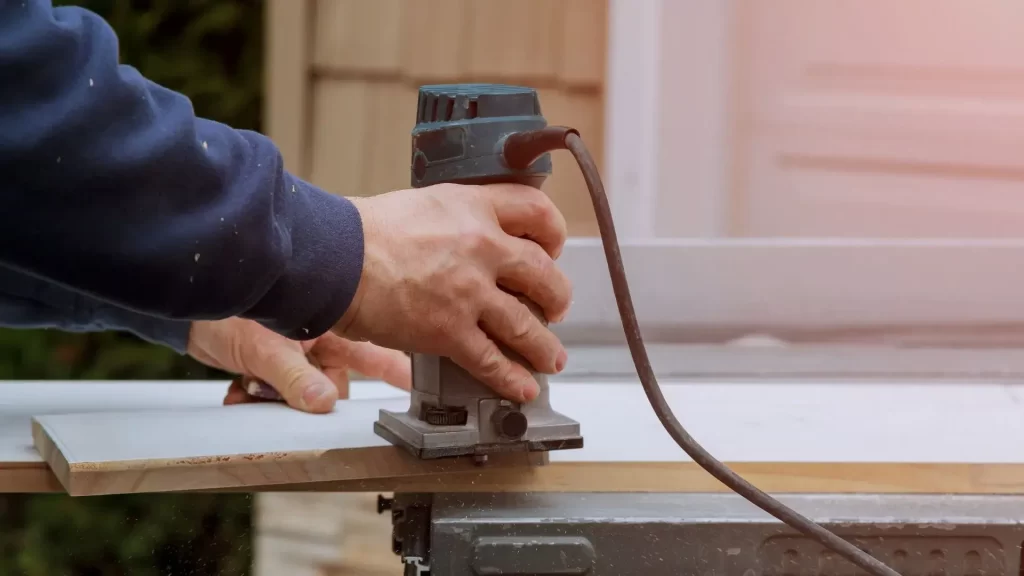
Tools and Equipment Required for Plunge Cutting
When making a plunge cut, it’s important to have a solid power tool. Jigsaws, routers, and oscillating tools are just some of the many choices. There are pros and cons to each tool, so think carefully about which one is best for your job. When making a choice, keep in mind that the power tool is the main draw. Whether jigsaw blades or router bits, power tools need the right accessories for plunge cutting, just like fighters need the right weapons. Make sure you have a variety of blades and bits for cutting a wide range of materials such as wood, metal, or plastic.
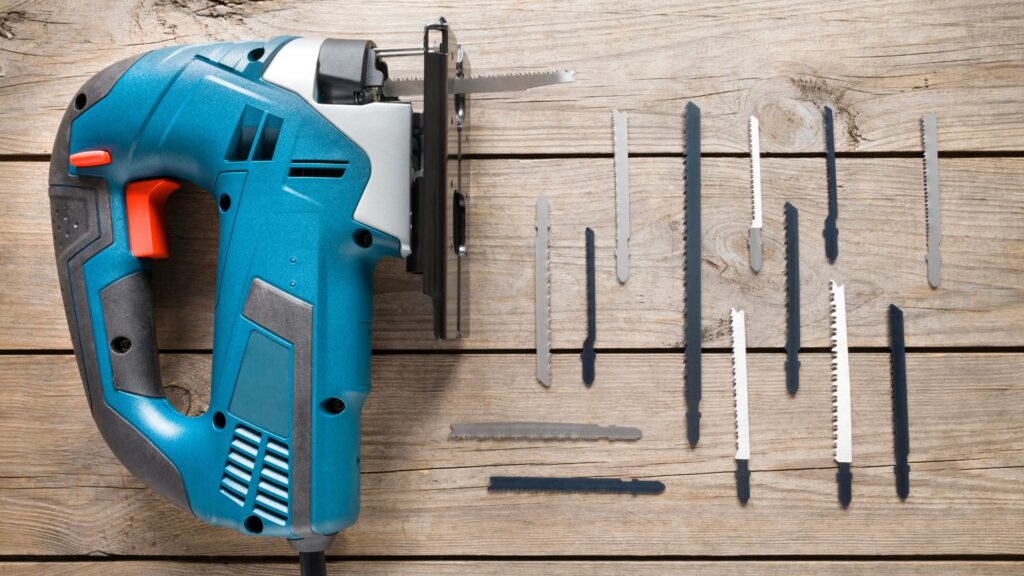
A Step-by-Step Guide for Performing a Plunge Cut
Marking and Measuring the Cut
Before diving in headfirst, mark and measure the precise location of the cut you want to make. Mark the area with a pencil or other marking device to show exactly where the plunge cut will be made. Verify your math and make sure everything is lined up correctly. Accuracy is of the essence.

Setting up the Workpiece and Power Tool
After taking your measurements, you can prepare your workpiece and power tool for use. In order to make a clean plunge cut, your workpiece must be firmly fastened in place. Then, modify the power tool’s parameters, including depth and speed, to suit the material and the desired cut. Breathe deeply; it’s almost time to jump in!
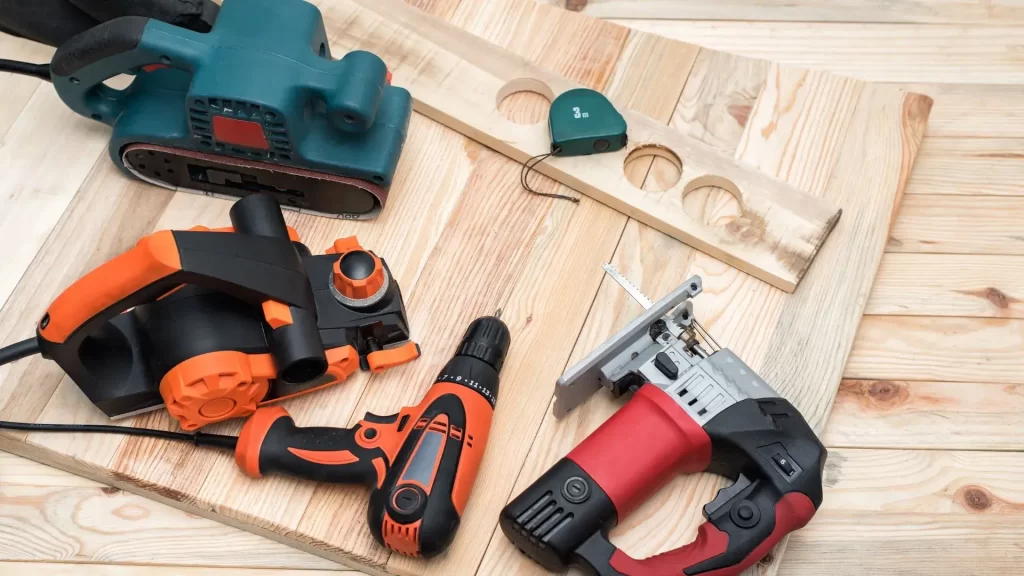
Executing the Plunge Cut
You’re about to take the deep dive you’ve been planning. Holding the power tool firmly, place the blade or bit precisely and line it up with the mark. Control the tool as you lower it into the material, letting the blade or bit dig in.
When you get to the desired depth, slowly and steadily follow the line you drew. Watch in awe as the plunge cut neatly slices through the substance.
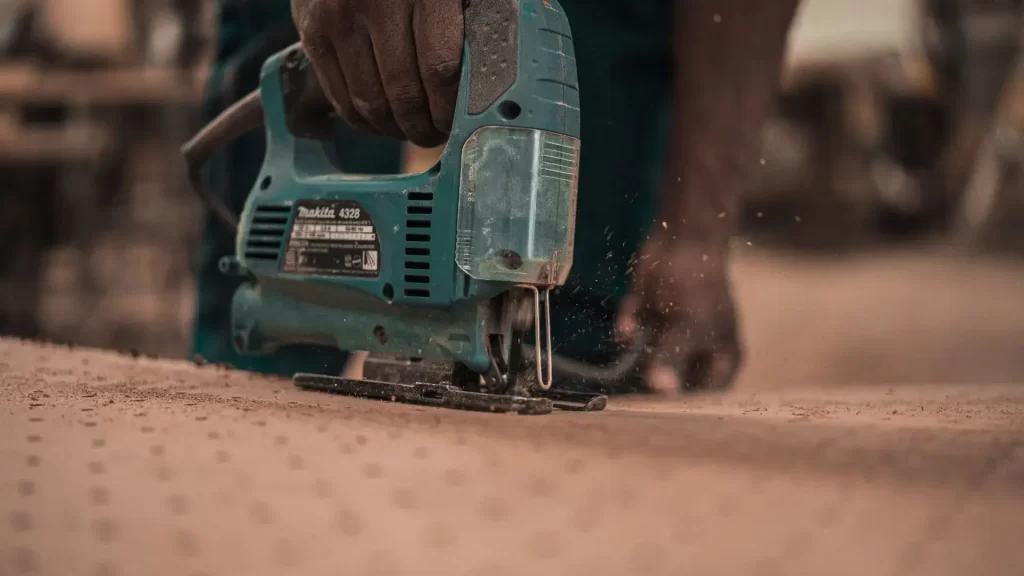
Safety Precautions and Best Practices for Plunge Cutting
Safety is paramount when plunge-cutting. Safety eyewear, ear protection, and gloves are essential. With plunge-cutting gear, you may avoid flying debris, noise, and accidents. Learn about power tool safety before plunging. For safety, handling, and maintenance, consult the tool’s handbook. Be steady with your power tool while cutting as accidents usually result from rushing.
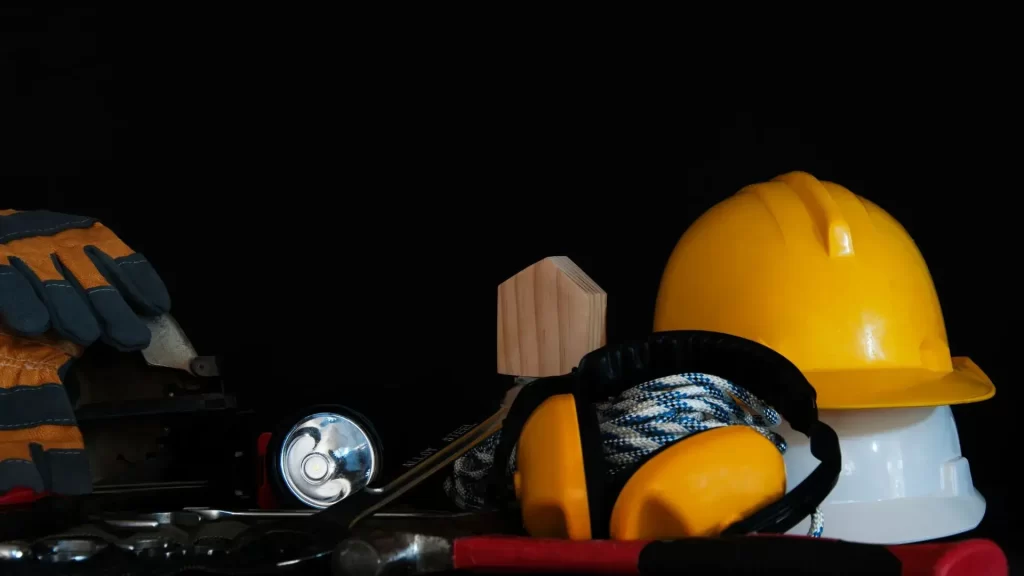
Applications and Benefits of the Plunge Cut Technique
Any maker or do-it-yourselfer can benefit from learning how to plunge cut. Use this method to cut holes, slots, and complicated designs into a wide range of materials. The plunge cut method can be used for a variety of woodworking jobs, such as cutting a hinge recess, setting a panel cut reference point, and carving out decorative patterns.
What is appealing about plunge cutting? First of all, it makes clean, precise cuts quickly. Starting a cut halfway through a piece of material without making an entry cut saves time and effort. Also, using the right tools and methods can reduce tear-out and splintering.
In plunge cutting, accuracy and flexibility are both taken into account. With this method, you can easily change the cut level to meet your needs, so it can be easily modified for thin plywood or thick oak.
Common Issues in Plunge Cutting
Dealing with Tear-Out and Splintering
Plunge cutting can be frustrating because of tear-out and splintering, but don’t worry; there are solutions. The most effective way to reduce tear-out is to use a sharp blade or bit, as using a dull tool will produce rougher edges. Putting masking tape or a scrap of material on top of the workpiece can also prevent splintering.
Addressing Inaccurate Cuts and Misalignments
If your cuts or alignments are off, you should pause and examine your method. Verify all of your calculations and check the precision of your measuring tools. Don’t give up if at first you don’t succeed; rather, try different things and hone your skills until you can make the clean cuts you want.
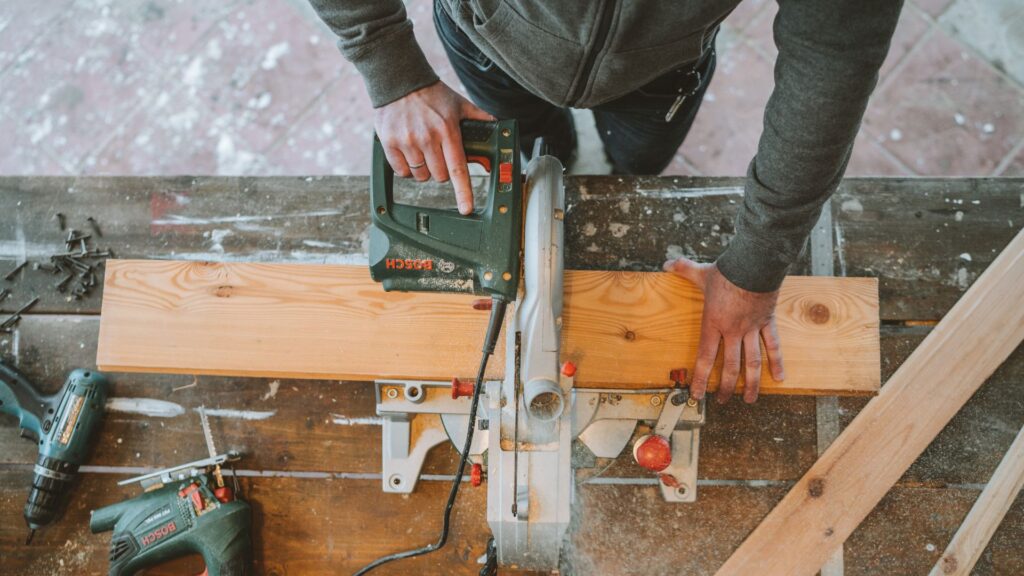
Power Tool Malfunctions
Some power tools seem to have a mind of their own, but you shouldn’t let that ruin your day. Check the manual or call a repairman if problems arise, such as when the depth adjustment stops working or the motor overheats. When dealing with power tools, it’s always preferable to err on the side of caution.
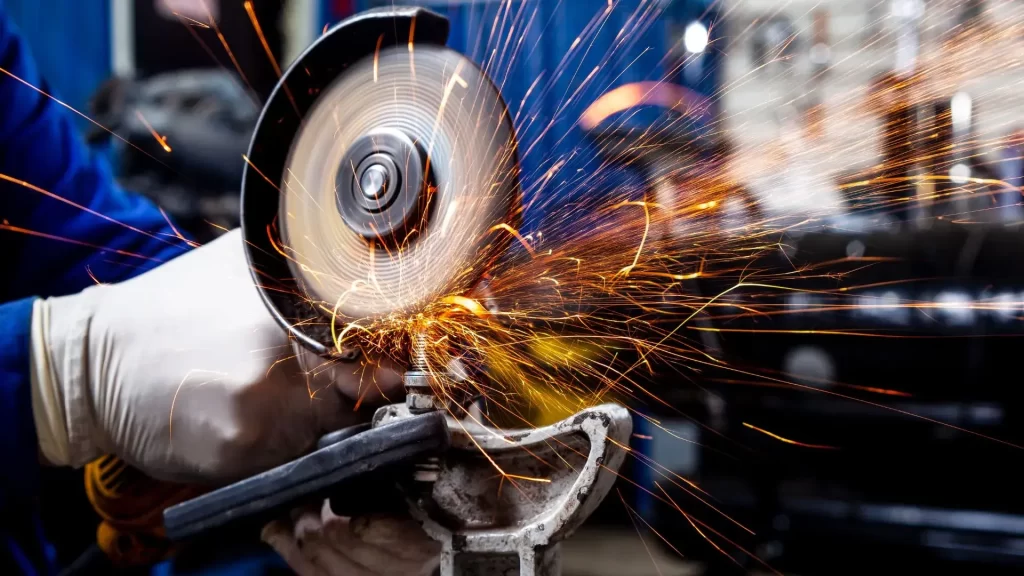
The plunge cut technique will become your go-to for precise results in a variety of woodworking tasks, including intricate designs, hardware installation, and detailed cutouts. Take advantage of plunge cutting’s versatility and accuracy to unleash your creativity.







